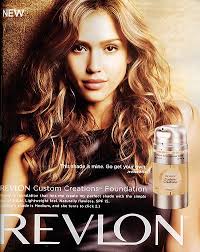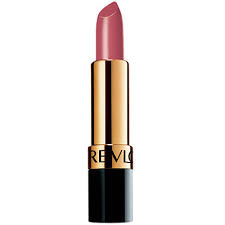
Starting with a single product — a new type of nail enamel — the three founders pooled their resources and developed a unique manufacturing process. Using pigments instead of dyes, Revlon developed a variety of new shades of opaque nail enamel. Successful in salons from the start, in 1937 Revlon started selling the polishes in department stores and drug stores. In six years the company became a multimillion dollar organization. By 1940, Revlon offered an entire manicure line, and added lipstick to the collection.

In 1950, Revlon introduced a red lipstick and nail enamel called "Where's the Fire?" Revlon used the word "fire" again later in their "Fire and Ice" ads.In 1970 Revlon acquired the Mitchum line of deodorants.In 1973, Revlon introduced Charlie, a fragrance designed for the working woman's budget. Geared to the under-30 market, Charlie model Shelley Hack in Ralph Lauren clothes, personified the independent woman of the 1970s.

By the mid-1980s, Revlon's health-care companies, rather than Revlon's beauty concerns, were innovating and expanding. Reluctant to initiate beauty-product development, Revlon lost ground to Estée Lauder. Lauder was a privately held company whose marketing strategy of high prices with accompanying gifts, were featured in upscale department stores, not drugstores where Revlon was found.

Despite the enormously successful campaigns of the 1980s and 1990s featuring models, Revlon decided to drop almost all fashion models and to instead focus on female movie stars. Their ads featured a number of different actresses including Kate Bosworth, Jaime King, Halle Berry , Susan Sarandon, Melanie Griffith, Julianne Moore, Eva Mendes and Jessica Alba.

No comments:
Post a Comment